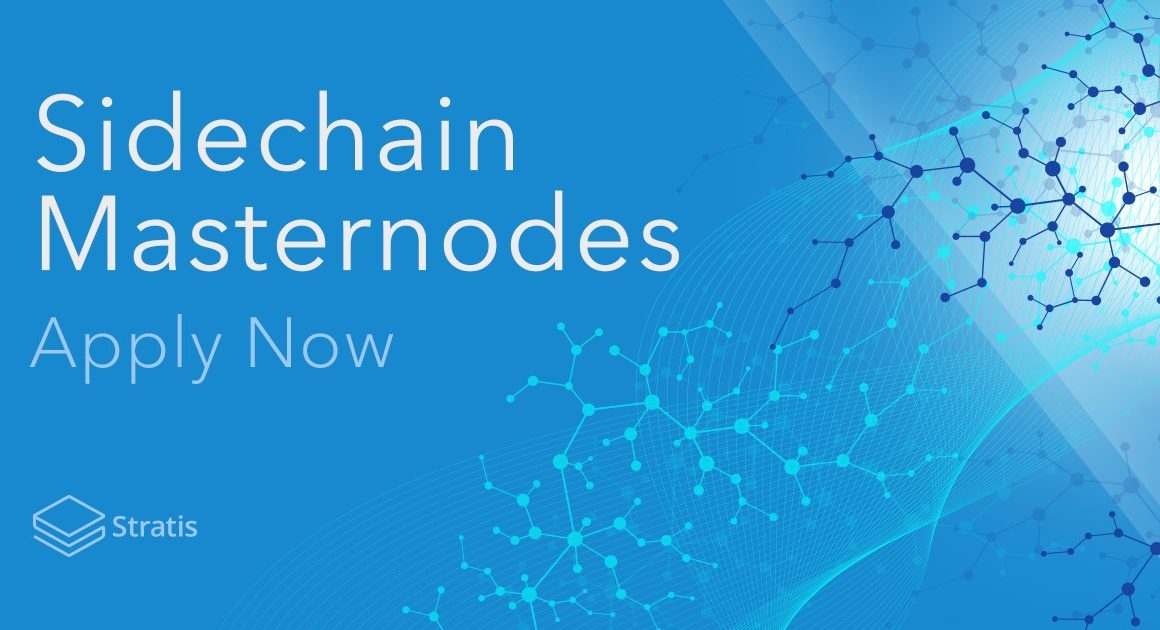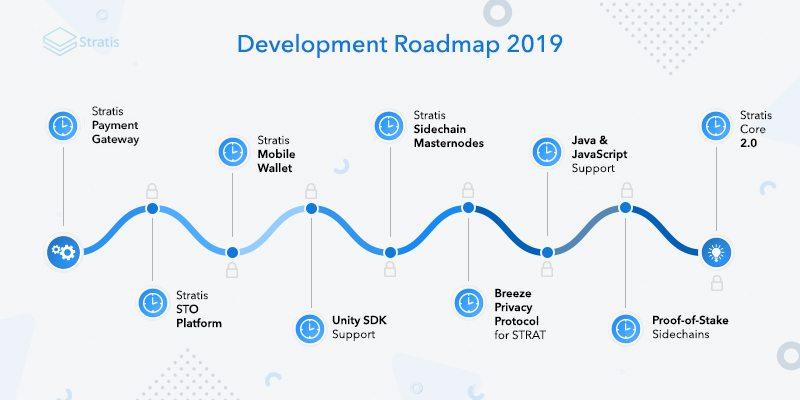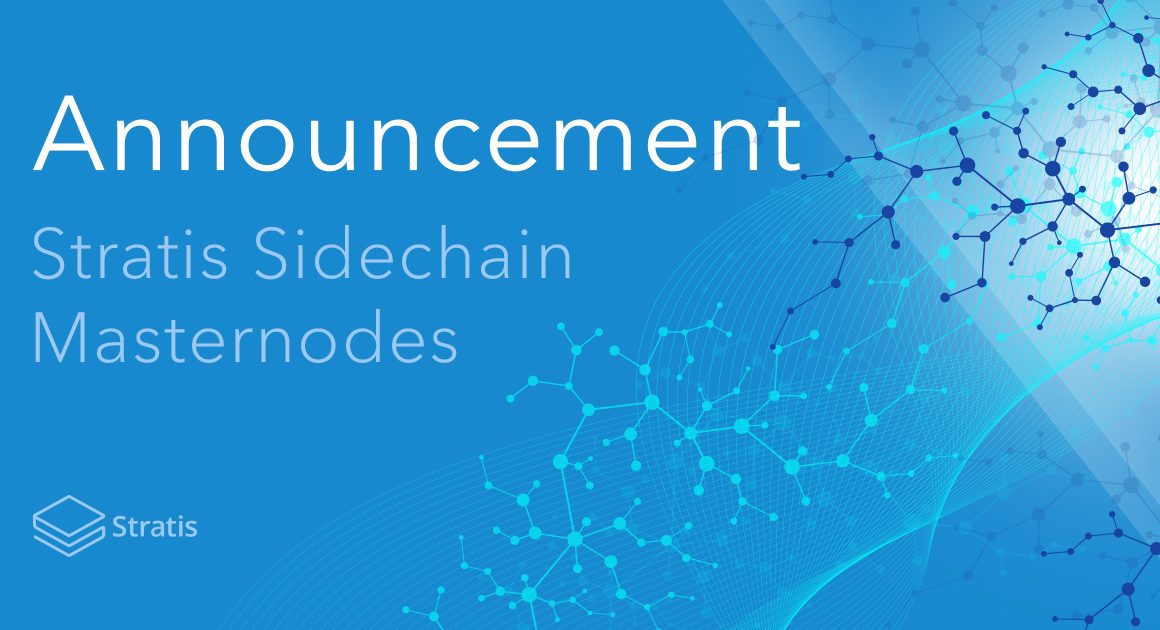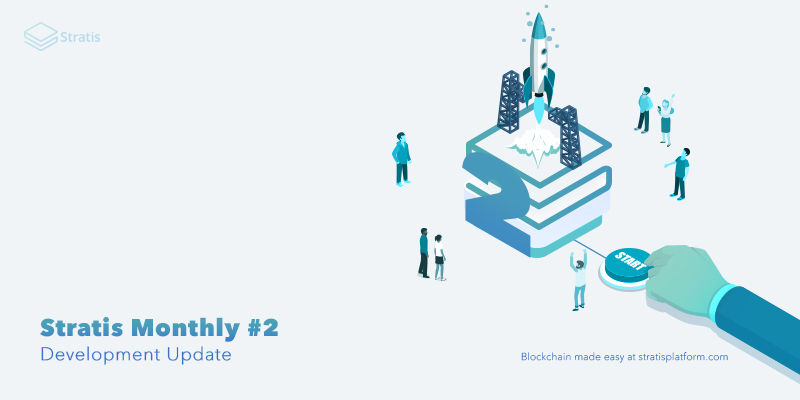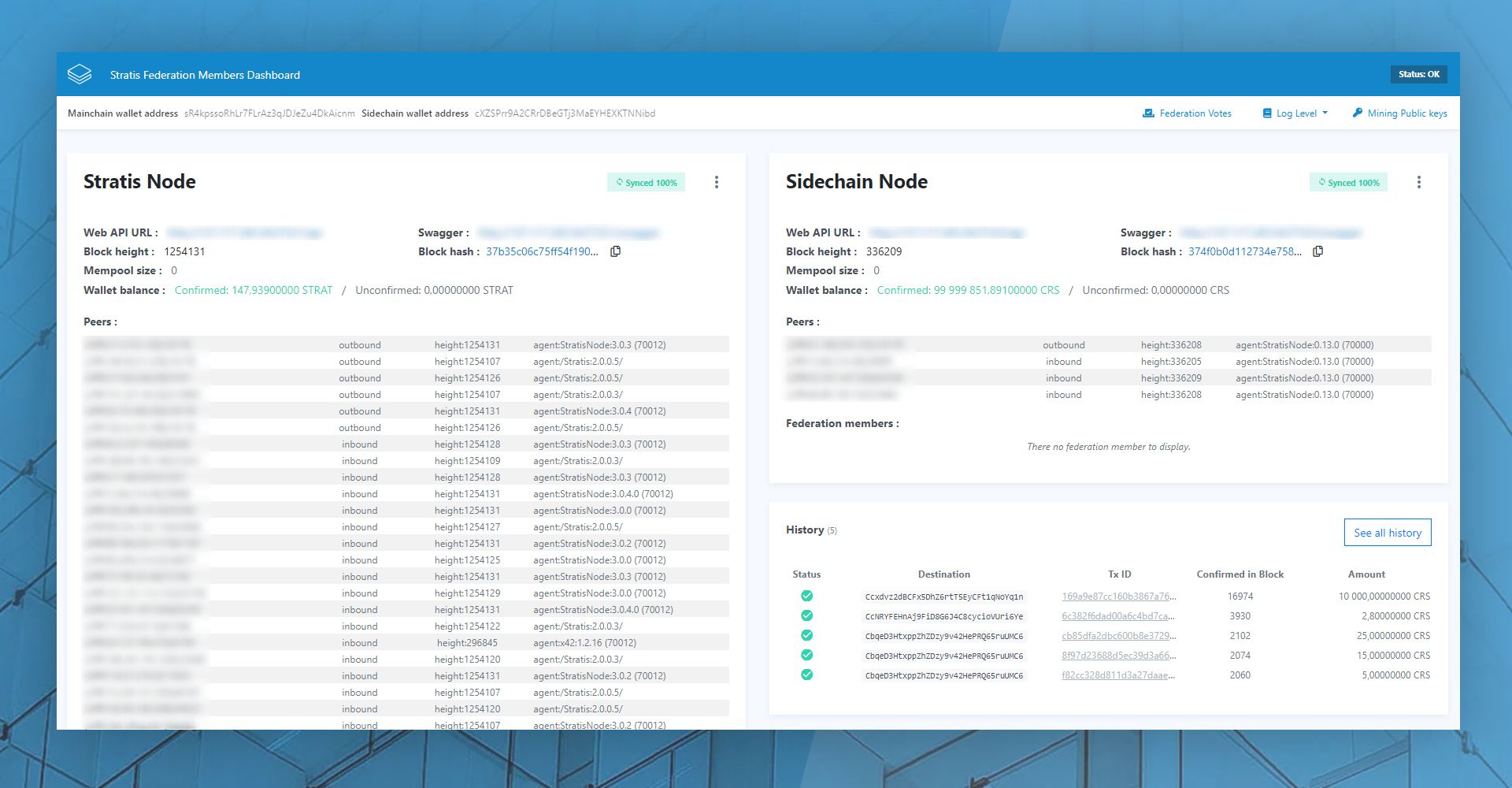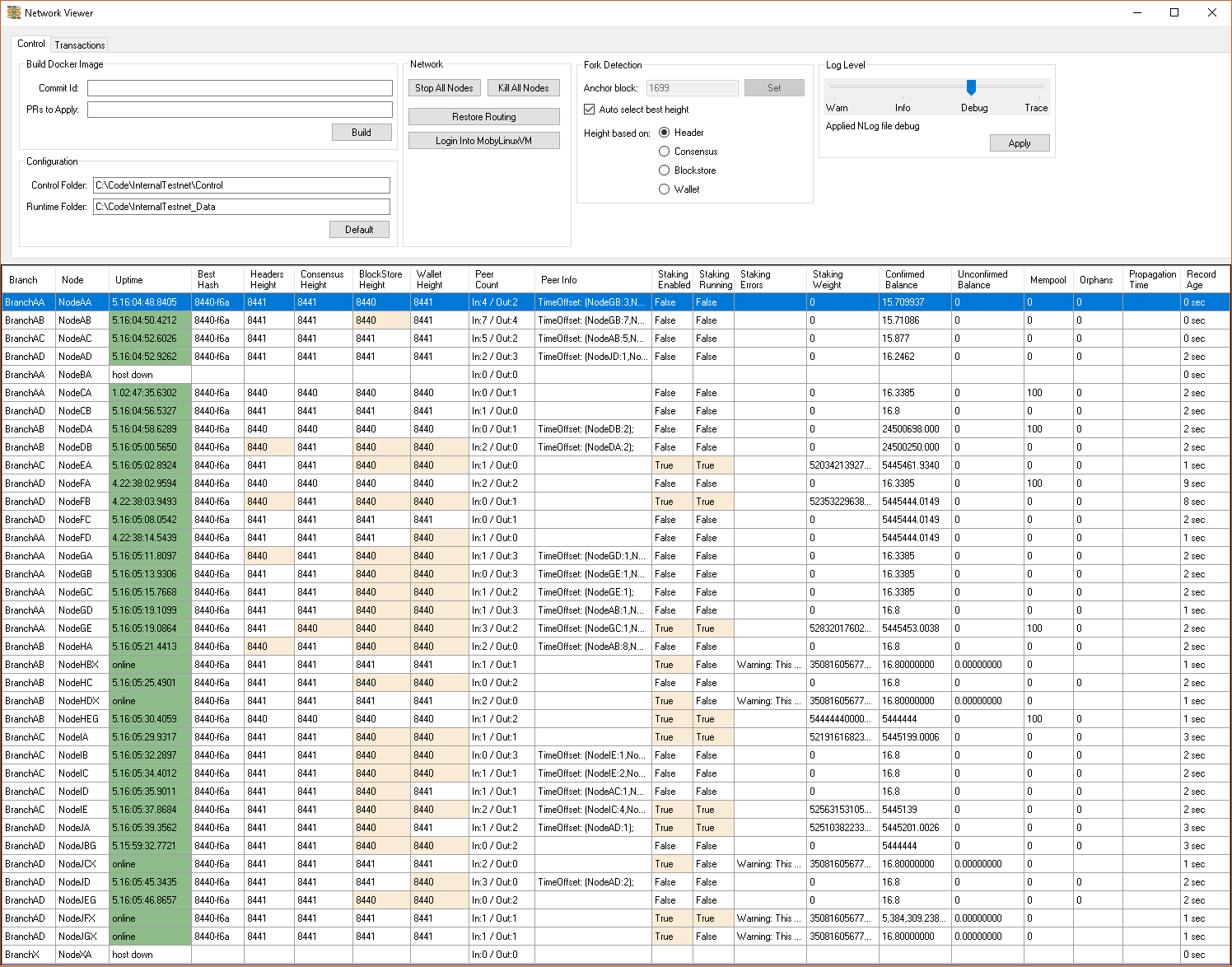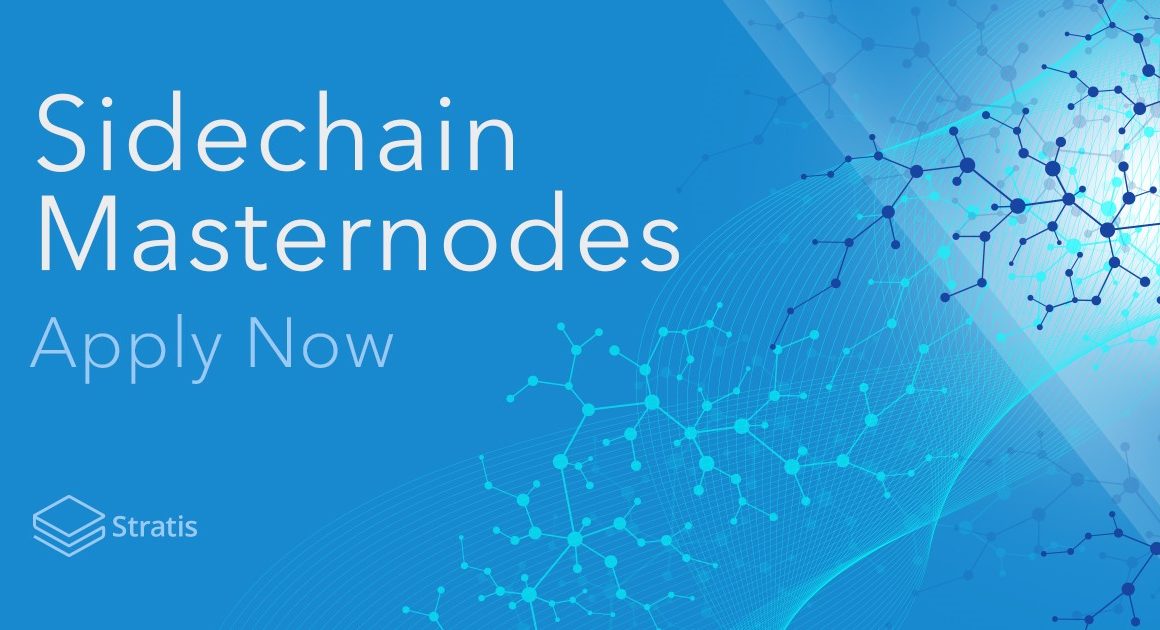April was an incredibly busy period at Stratis. With the continued development and testing of the Sidechain Masternodes being undertaken, there was a lot of preparation that went into exhibiting at the London Global Expo.
Development Update
During April it was agreed that we would bring the Sidechain codebase into the Full Node. This allowed development to progress whilst ensuring overall stability through the host of tests that are in place. A total of 76 commits were made to the codebase during April, this consisted of changes being made to over 350 files with 8,911 additions of code.
The development on the Full Node primarily focused on the Sidechains Masternode codebase, with the upcoming release both the development and testing teams have made significant progress in ensuring the Sidechain Masternodes are ready for release as soon as possible.
A summary of key developments during the month of April can be found below:
-
- Enhanced shutdown sequence
- Increased verbosity of Smart Contract logging
- Experimentation of various database technologies to offer alternative storage options for clients
- Enhanced throughput of cross-chain transfers
- Stabilisation of the federation wallet and cross-chain transfers by achieving deterministic transaction creation
- Improvements to transaction lookup performance
Utilization of the Stratis Coherence Suite across the development team is something that has been key during April. Testing the blockchain should never be limited to the validation of agreed node communication protocol. In the Stratis network there are two officially supported types of node implementations which behave slightly differently. This all makes low-level testing a crucial part of the overall delivery.
Stratis has extended the Wireshark Bitcoin Protocol Dissector to match changes introduced to Stratis Protocol on the top of original Bitcoin implementation. Stratis Protocol dissector is one of the primary tools we use when analysing and diagnosing issues between nodes at a network level.

The essence of the blockchain is the transactions which make up blocks. Since the transactions are represented as binary data in a HEX notation it would be very difficult to work with them in that format. The Stratis Transaction Builder is a tool that is used to provide a meaningful view of the individual blockchain transactions as well as help us create non-standard transactions.
The interface maps the parts of the transaction HEX to the decoded value so that when the transaction is edited using one of the human readable values the HEX code updates automatically.

Stratis impressed the crowds at “Blockchain Expo – Global” in London
2019 is all about acquiring enterprise customers for Stratis. After two years in development, all key modules of the Stratis platform went live in 2018, so the London edition of the Blockchain Expo global series of events was a great opportunity for Stratis to raise their profile on 25th/26th April.
Many visitors told us our stand was the best at the show. As a Platinum Sponsor of the event, Stratis was there in force, both on the booth and in the conference tracks.
Stratis subject matter experts, Paul Farrington and Rowan de Haas, presented “DLT for the Enterprise” and “Smart Contracts as Rules for Money – a Case Study” to packed arenas.

Rowan’s talk showcased work he recently led to put trade payments in the Construction Industry on the Stratis blockchain for Wildara, an Australian project management consultancy. The project demonstrated that the Stratis blockchain can automate Supply Chain payments as soon as deliveries for cement or any other project activities have been completed, removing administration, speeding the process and ensuring regulatory compliance for the parties involved.
The other item premiered by Stratis at the show was the Stratis Coherence Suite of testbed tools. As Stratis CEO, Chris Trew, observed:
When we developed the Stratis Platform we also built a testing suite optimized for blockchain, enabling us to move fast and provide transparency – we quickly realized this is something everyone building a blockchain network will need and the Stratis Coherence Suite was born.
The suite provides a set of viewers that can be dragged and dropped to provide real-time insight into areas such as network topography, chain status and node statistics, along with a set of transaction tools to create test data and aid investigation.
The Stratis team welcomed a continuous stream of visitors to the stand during both days of the expo, including many large enterprises interested in the value blockchain can bring to their businesses. Badges were scanned and every one of them has been followed up, with many conversations already in progress and meetings scheduled over the coming weeks. Based on the success in London, the team is already targeting a major event later in the year to take the Stratis experience to one of the other key regions of the world.
There was also additional collateral created for Stratis as a result of the London Expo, this included product specific leaflets, a promotional video and a number of giveaways to people visiting the stand. The promotional video can be found below, as well as all other collateral showcased at the expo.
Presentations
Rowan DeHaas – Stratis Smart Contracts as Rules for Money
Paul Farrington – Stratis DLT for the Enterprise
Leaflets
Stratis C# Full Node
Stratis Coherence Suite
Stratis DLT
Stratis ICO Platform
Stratis Smart Contracts in C#
Stratis Use Case – Gluon
Stratis Use Case – MediConnect
Stratis Use Case – Wildara


